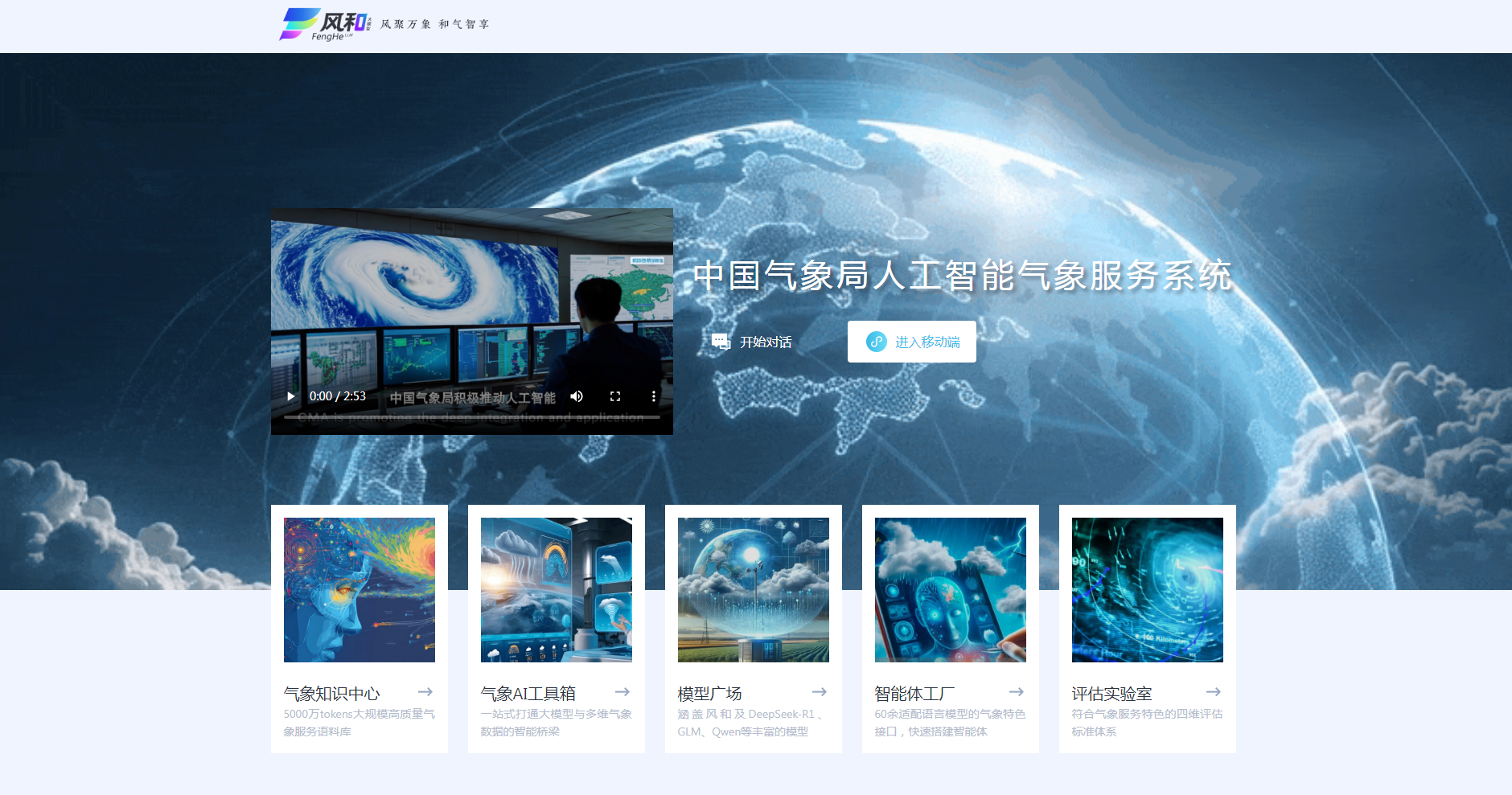Inner Mongolia Powers Ahead with Green, Tech Breakthroughs
Inner Mongolia in north China is demonstrating significant progress in technological advancement, green development, and ecological protection. The region has become a national frontrunner in driving industrial transformation, energy reform, and environmental sustainability.
Breakthroughs in technologies
A Technological Breakthrough Project integrates innovation with the region's industrial strategy. The initiative focuses on emerging fields such as rare earths, hydrogen energy, energy storage, low-altitude economy, AI, and biotechnology. The dairy industry is also a focus.
Seventeen major tasks have achieved breakthroughs. They include rare earth permanent magnet motors for hypersonic aircraft, sodium-ion hybrid capacitor energy storage, key technologies and equipment for hydrogen production via water electrolysis, and new methods for efficient lactoferrin extraction. These innovations have reached leading levels in China and are expected to drive the next wave of industrial and scientific development.
Advancing low-carbon industries
According to Zhang Guangshou, an official at the Department of Industry and Information Technology, Inner Mongolia, the region is committed to a green and low-carbon transition. Efforts include phasing out restricted production capacities, upgrading energy and water-saving technologies, and launching green manufacturing demonstration projects.
Since the 14th Five-Year Plan period (2021-2025), the autonomous region has saved the equivalent of 12 million tonnes of standard coal and 56 million tonnes of water, reducing carbon emissions by over 30 million tonnes. Energy consumption per unit of industrial output has dropped by 13 percent.
The region also formulated China's first zero-carbon industrial park standard and launched six low- and zero-carbon park pilot projects. The Baotou, Ordos, and Chifeng high-tech zones were selected among the country's first 35 carbon peaking pilot areas, according to Zhang.
Over 65 percent of key industrial processes and R&D tools have been digitalized, placing Inner Mongolia in the national second tier for industrial digital integration.
Leading in energy and ecology
The region's energy economy saw rapid growth in 2024, ranking first domestically in 15 categories, including total and newly installed renewable energy and green hydrogen capacity, power generation, coal production and coal-to-gas output. It was also the first in the country to surpass 100 million kilowatts of new energy capacity, according to Hu Chengdong, deputy director of the region's Energy Bureau.
On the ecological front, the autonomous region continues to lead in afforestation, grass planting, and desertification control. Since the 18th National Congress of the Communist Party of China in 2012, nearly 150 million mu has been afforested, over 360 million mu of grassland planted and more than 180 million mu of desert brought under control. One mu is approximately 666.67 square meters.
Forest coverage and grassland vegetation have steadily increased, while desertified land continues to shrink, marking a historic shift from "desert advancing and humans retreating" to "greenery advancing and desert retreating," according to Tie Niu, deputy director of the Forestry and Grassland Bureau of Inner Mongolia.







